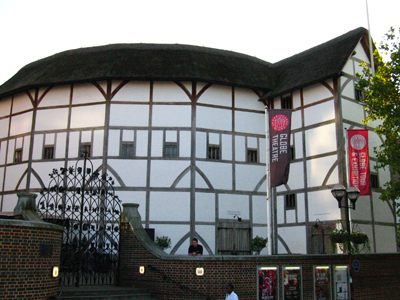 |
| The sun setting on the reconstructed Globe Theatre in Southbank, London, England Photo ©Heather Shimmin |
Is there validity in reconstruction, in creating a facsimile, a copy, a replica? Can a reproduction be just as valuable as the original? The answer is yes and the evidence is Shakespeare’s Globe Theatre.
A BRIEF HISTORY OF THE GLOBE THEATRE
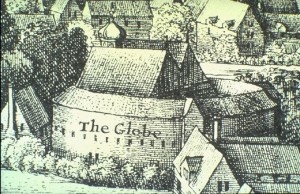 |
| Wenceslaus Hollar’s “The Long View of London from Bankside,” 1647 (detail) |
There have been three Globe Theatres, the first of which was built in 1576 by James Burbage in Shoreditch. This Globe was the first public playhouse in London. Other playhouses were soon built in this area including The Theatre, The Swan, and the Globe’s arched rival, The Rose.
The Globe Theatre flourished for over 20 years until the landlord, Giles Allen, evicted the company because he felt that theatre was on the same level as prostitution and the space could be put “to better use” (Hudson Shakespeare Company). Determined, the company dismantled the theatre, carried it across the Thames, and reassembled 50 metres from The Rose Theatre. The Globe continued to draw crowds, showing a different play every night of the week, as was the custom in Elizabethan theatre. Shakespeare wrote some of his best and most famous plays during this time. Sadly, in 1613 during a performance of Henry VIII, a piece of wadding from a stage canon caught the thatched roof on fire and the entire building burned to the ground “all in less than two hours, the people having enough to do to save themselves” (Shakespeare’s Globe). Someone did have the foresight, however, to rescue four of Shakespeare’s manuscripts, which would have otherwise been lost forever as they were the only copies. Had someone not rescued these pages, we would not have Macbeth, As You Like it, Twelfth Night or Othello (Laggett 17).
The third Globe was quickly rebuilt after the fire on the old foundation and ran plays continuously until 1642 when the Puritans closed down the entire theatre district. The building laid redundant for 2 years before it was finally torn down in 1644.
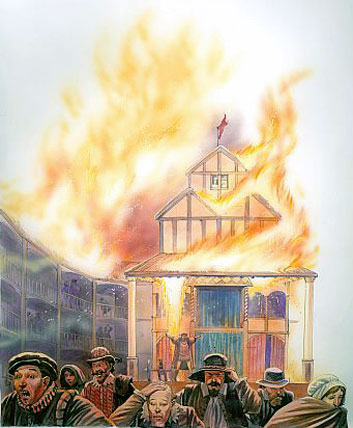 |
| The Globe Theatre on Fire in 1613 during a performance of Henry VIII |
SAM WANAMAKER & SHAKESPEARE’S GLOBE
American actor and producer Sam Wanamaker was shocked that the most influential site in the history of English language theatre was nothing more than a “blackened plaque on the side of an abandoned brewery” when he visited the former site of the Globe Theatre in London for the first time in 1949 (Meyer). This was unacceptable to a man who was devoted to the theatre. That day was the beginning of a lifelong obsession of erecting a reconstruction of Shakespeare’s Globe Theatre. In 1970 he formed The Shakespeare Globe Trust and spent the rest of his life to the building Shakespeare’s Globe. His dream was actualized in June 1997, more than 50 years later, when the doors of the reconstructed Globe Theatre opened at long last to the public. For the first time in over 300 years, people to could come to Globe and “hear a play.” Sadly, Mr. Wanamaker died of cancer just three years earlier and never saw the Globe completed.
ACCURACY AND AUTHENTICITY
From the beginning, the mantra of the reconstruction project was accuracy, faithfulness, and authenticity in every detail, from the physical building itself, the building materials and methods, to the acting styles, props, costumes, and the overall experience for both actors and audience members. The Economist stated, “’Shakespeare’s Globe’…is the most meticulous replica yet.” (There are many “Globe Theatres,” the bulk of which are in the United States. There are also Globe Theatres in Japan, Saskatchewan, New Zealand, and the latest Globe is being built in New York City.)
The first, and perhaps largest hurdle in the reconstruction of the Globe was that no one knew exactly what the Globe looked like. No blueprints of the Globe exist. No documents exist stating the measurements, the materials, the dimensions, nor the cost of any of the Globe Theatres. In order to make the building as authentic as possible, scholars and researches meticulously studied what evidence they did have. They heavily relied on:
- Drawings, maps, and London cityscapes. The two most important were:
- “The Long View of London from Bankside” by Wencelaus Hollar
- “Interior of The Swan” by Johannes de Witt
- References to the Globe in the plays themselves
- The archaeological excavation of The Rose and The Globe Theatres
- Knowledge of Elizabethan building techniques and materials
- From the Chorus of Henry V, ” And shall this cockpit hold the vasty fields of France / Or may we cram within this wooden ‘O’…”
- Art historians’ knowledge of Tudor decoration
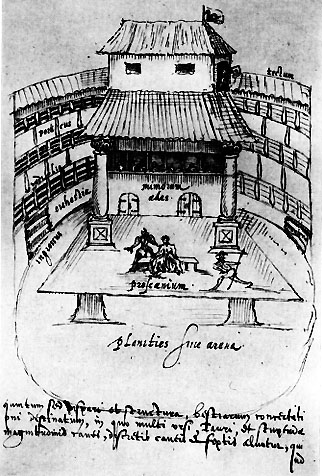 |
| Johanne de Witt’s sketch of The Swan Theatre in 1596 |
One of the most heavily relied-upon visual references of the Globe Theatre was a sketch of the Swan Theatre by Dutch student Johannes de Witt during his visit to London in 1596 (Figure 3). There were dozens of Elizabethan playhouses in the area, all of similar size and shape. Multiple eyewitness accounts and writings confirm that The Globe and The Swan were similar structures. De Witt’s drawing was only discovered in the late 19th century and has altered many preconceptions scholars and Shakespearian authorities had in regards to the look of the Globe. Before this discovery, scholars believed the theatre to be an ‘O’ because of the aforementioned line in Henry V.
Another helpful discovery was the 1989 excavation of the original Globe Theatre’s foundation (about 30 feet from where the current Globe Theatre stands). It was a major breakthrough in understanding the exact dimensions of the building. This archeological dig revealed two vital clues in the Globe’s design: it had 20 sides and was 100 feet in diameter (Shakespeare’s Globe).
After much meticulous research the “reconstruction [of the Globe Theatre] is as faithful to the original as modern scholarship and traditional craftsmanship can make it, but for the time being this Globe is – and is likely to remain – neither more nor less than the ‘best guess’ at Shakespeare’s theatre” (Shakespeare’s Globe).
The actual construction of the globe was also as true and faithful to Tudor materials and building techniques as it was to Elizabethan theatre design. Green, English oak beams were hand cut, hand carved, and shaped to form the timber frame structure, held into place by wooden pegs. Not a single nail exists in the structure. A 17th century plaster recipe was used and was painted over by a traditional lime wash, its recipe also from the era. The columns on the stage are wood but are painted to look like marble since the company would not have had the money for marble columns. All of the seats were hand carved as well, the marks of the chisel visible and uneven. The green oak beams are drying out and long cracks are appearing, just as they would have done in the old theatre. These imperfections not only add character to the building, but also bring the viewer closer to the 17th century and closer to Shakespeare himself.
The stage has little or no scenery, as there was no place to store it and it was too expensive. Instead, stages were elaborately painted. The signs of the Zodiac are painted on the stage’s ceiling, an homage to the superstitious Elizabethans.
As it was in Shakespeare’s day, the cheapest seats are not seats at all but standing room only the ground floor (the “groundlings”). The most expensive ones are adjacent to the stage, situated more for the purpose of being seen rather than seeing the play.
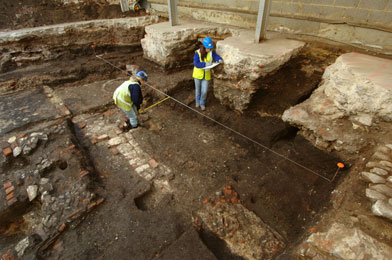 |
| Excavation of the Globe Theatre in London |
Great care and research was also done for the props and costumes. Janet Arnold, an expert in Elizabethan garment construction, was consulted on the creation and construction all of the costumes for the productions. No zippers or Velcro are used in any of the costumes because they did not exist in the 17th century. The costume for Queen Elizabeth I, for example, has a series of intricate hooks which takes 90 minutes to put on. Arnold’s expertise and pattern books are heavily relied upon by the theatre in the creation all the actors’ costumes. Arnold has created detailed pattern books and instructions on how to make every piece of clothing from the era. Her work has been recognized worldwide as a major contribution to English History and English Fashion of the 17th century.
EXPERIENCING THE GLOBE
The enormous effort and the incalculable hours spent in the reconstruction of the Globe Theatre become even more evident when the Globe is experienced as it was intended: as a working theatre. Attending a play lit by the sun (with no artificial light at all), surrounded by hundreds of people, sitting (or standing) under the only thatched roof in London is as close as one will ever come to hearing a play under the conditions in which Shakespeare intended.
The relationship between actor and audience is also something unique due to proximity and daylight: the proximity of the audience to each other and to the actors, and viewing a live performance in daylight.
Seeing a play in broad daylight, without the use of any artificial illumination, changes the dynamic of the theatre viewing experience. The mind of the audience is more easily distracted by what is happening around them, unlike in a modern theatre where the house sits and views the play in the dark. This darkness acts like a pane of glass separating the audience from the stage. Howard Brenton from the Guardian noted that:
“At the Globe, the audience is much more powerful than in a conventional theatre. You can see each other. People walk about and come and go, without affecting the performance. They are also much more vocal: laughs are quicker, responses seem sharper. Eye contact between performers and spectators builds a sense of shared undertaking. Asides are powerful: that is why so many of Shakespeare’s psychological insights are dramatised straight to the audience in soliloquies. Conventional theatres – by the dimming of house lights – try to obliterate themselves during a performance. At the Globe, the presence of the building dominates. Everyone is held in a democratic space.”
Under the sun, the audience is also more aware of their surroundings: the building, the smells, the sun, the rain, the clouds, a pigeon, the actors, fellow audience members. This proximity and abundance of light makes viewing a play a community experience, a fuller experience.
CRITICISMS OF THE RECONSTRUCTION
Through the twenty-odd years that Sam Wanamaker was campaigning for the reconstruction of the Globe, many professionals in the theatre establishment were dubious. They dismissed his efforts, calling it “‘a tourist trap’, a Disney-like anachronism, an embarrassing excess of the heritage industry in which nothing of artistic worth could be achieved” (Brenton). Mr. Wanamaker was branded as “an eccentric American who upheld a hopeless cause” (Meyer). Britons did not want some American telling them how important their playwright was. His legacy was perfectly protected at the Barbican Theatre and Shakespeare’s home at Stratford-on-Avon. The British government did not want to pay for the project. The Labour Party cried elitism and would not grant building rights. The theatre community, much to Wanamaker’s surprise, was the most adamant against the project, sniffed and said “that Shakespeare should not be turned into an American ‘theme park.'” Simon Jenkins, a columnist for the Times of London, wrote, “The only word for it is chutzpah.” (Darnton).
But these critics were soon silenced once the doors to the Globe opened. The first year, the theatre grossed £1.5 million and today is the most successful theatre in London (and does so without any government subsidies). Shortly after the grand opening, Karl Meyer of the New York Times wrote, “As a reporter present at the 1970 launch of Mr. Wanamaker’s campaign, I remember the good-natured ridicule it provoked. Scoffers, myself included, owe his ghost an apology. The Globe is not a toy or theme-park fabrication but is as convincing and evocative as the smells and sounds of the nearby Thames.”
THE VALIDITY OF RECONSTRUCTION
Wanamaker envisioned the Globe to be a place of education, research, and learning. This same vision continues at the Globe which “aims to share the discoveries made in Globe performance practice, audience response and theatrical space” (Shakespeare’s Globe). Scholars, students, and visitors can learn and understand Shakespeare in a way unlike anywhere else in the world. Much is being learned about actor/audience relationships by simply watching performances in the environment for which they were written. Mark Rylance, the Globe’s first artistic director, said, “the theatre is teaching us.” For example, in the Globe’s production of Henry V, “the ‘groundling’ audience crowding around the stage naturally assumed the role of the English army to whom Henry delivers his famous speech (Follow your spirit, and upon this charge/Cry ‘God for Harry, England, and Saint George!’) a response which neither scholars nor actors had expected” (The Economist).
Being in a physical space similar to where Shakespeare was inspired to write his plays cannot be simulated, it cannot be manufactured, it cannot be produced. The feeling comes from an authentic representation and recreation of a similar environment. It comes from standing on the ground not 10 feet from the actor, from feeling the sun on the back of your neck, from seeing a hand-sewn ruffled collar that took 20 yards of fabric to make. “The re-creation of [The Globe’s] playing conditions, as closely as evidence and regulations allow, offers us the only defensible path in the rebuilding experiment. Once swerve from the aim of exactness and authenticity and the result will be compromise, muddle and mish-mash. The Globe was the playhouse for which Shakespeare imaged some of his greatest plays, and its rebuilding affords the opportunity to situate them once more in conditions (spatial, visual and acoustic) akin to those he held in his mind’s eye while writing” (Mulyrne 17). The Globe is a successful reconstruction because shortcuts were not made because it was too expensive, too time consuming, or an insignificant detail. Every aspect of the project was approached with care and consideration to reflect the methods and practices of Shakespeare’s time.
Perhaps the most valuable aspect of the reconstruction of the Globe Theatre is that it can be used the way in which it was intended: as a theatre. Had the Globe not burned down in 1613 and still stood on the banks of the Thames, conservationists would not let anyone use it. It would be nothing more than a museum, an artifact sitting behind a pane of glass to be admired at a distance.
RECOMMENDATIONS:
 |
 |
 |
 |
BIBLIOGRAPHY
Brenton, Howard. “Playing to the Crowd.” The Guardian. The Guardian and News Media Limited. 12 May 2007. Web. 23 October 2011.
Darnton, Nina. “Rebuilt Globe on the Way to Reopening Night.” The New York Times: Theatre Page. The New York Times. 24 February 1994. Web. 25 October 2011. <http://www.nytimes.com/1994/02/24/theater/rebuilt-globe-on-the-way-to-reopening- night.html?scp=4&sq=sam+wanamaker&st=nyt>.
de Witt, Johannes. Interior of the Swan Playhouse. 1596. Library of the University of Utrecht, Netherlands. Sourcetext.com. Shakespeare Authorship Sourcebook, Web. 24 October 2011. < http://www.sourcetext.com/sourcebook/library/barrell/21-40/21swan.htm>.
Group STAR. “Globe Theatre Burned.” Illustration. Xtimeline.com. Famento, Inc., 24 Oct. 2011. Web. 24 Oct. 2011. <http://www.xtimeline.com/__UserPic_Large/46652/evt 091207210301270.JPG>.
Hollar, Wenceslaus. “Long View of London from Bankside.” 1596. Etching. Wikipedia. Wikimedia Commons. Web. 24 October 2011. <http://upload.wikimedia.org/wikipedia/commons/5/5f/1647_Long_view_of_London_Fr om_Ban kside_-_Wenceslaus_Hollar.jpg>.
Hudson Shakespeare Company. “Globe Theater.” HudsonShakespeareTheatre.org. Web. 24 Oct 2011. <http://hudsonshakespeare.org/Shakespeare%20Library/globe_theater.htm>.
Leggatt, Alexander. Jacobean Public Theatre. London: Routledge, 1992. Print.
Meyer, Karl E. “Sam Wanamaker’s Great Obsession.” The New York Times: Opinion Page. The New York Times. 29 December 1996. Web. 25 October 2011. http://www.nytimes. com/1996/12/29/opinion/sam-wanamaker-s-great-obsession.html>.
Morley, T. “Love’s Labour Found: Shakespeare’s First Playhouse Confirmed.” MuseumofLondonArcheology.org.uk. Museum of London Archeology. 9 March 2009. Web. 20 October 2011. < http://www.museumoflondonarchaeology.org.uk/ News/Archive/News 09/the+theatre.htm>.
Mulyrne, J.R. and Shewring, Margaret. Shakespeare’s Globe Rebuilt. Cambridge: Cambridge University Press, 1997. Print.
Pressley, J.M. “Shakespeare’s Globe.” BardWeb.net. Web. 24 Oct 2011. <http://www.bardweb.net/globe.html>.
“Rebuilding the Globe Theatre.” Inspired Diversions.com. Inspired Diversions. 11 April 2006. Web. 24 October 2011. <http://www.inspireddiversions.com/ article.cfm?DET=1&id_art=26>.
Shakespeare’s Globe. The Shakespeare Globe Trust. 24 October 2011. Web. 24 October 2011. < http://www.shakespearesglobe.com/>.
“This wooden O.” Economist [London, England] 18 Dec. 1999: 83+. The Economist Historical Archive 1843-2006. Web. 24 Oct. 2011. <http://www.economist.com/node/268975>.

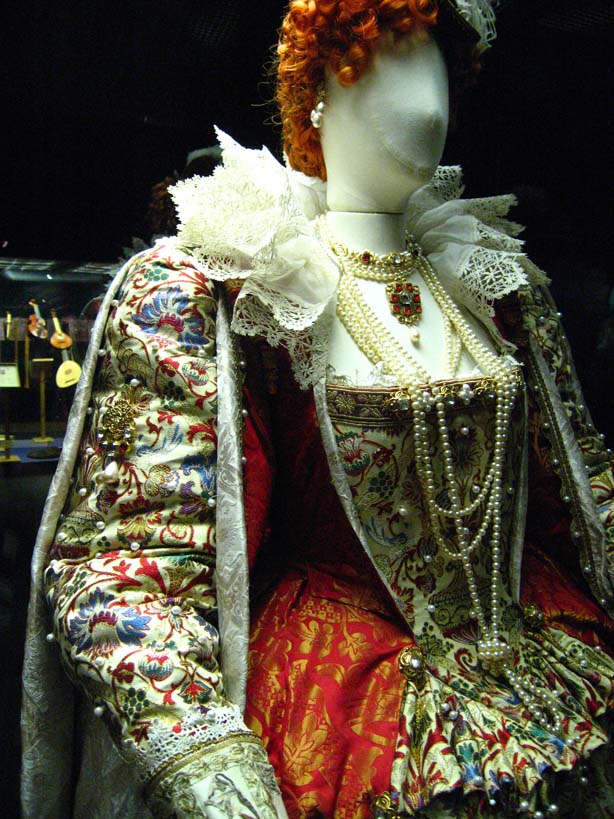
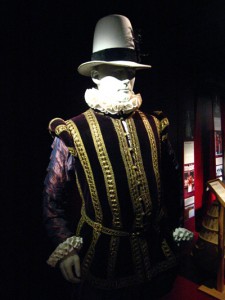
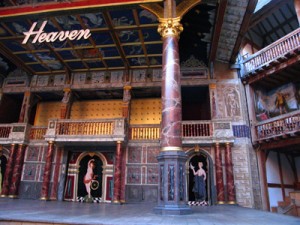
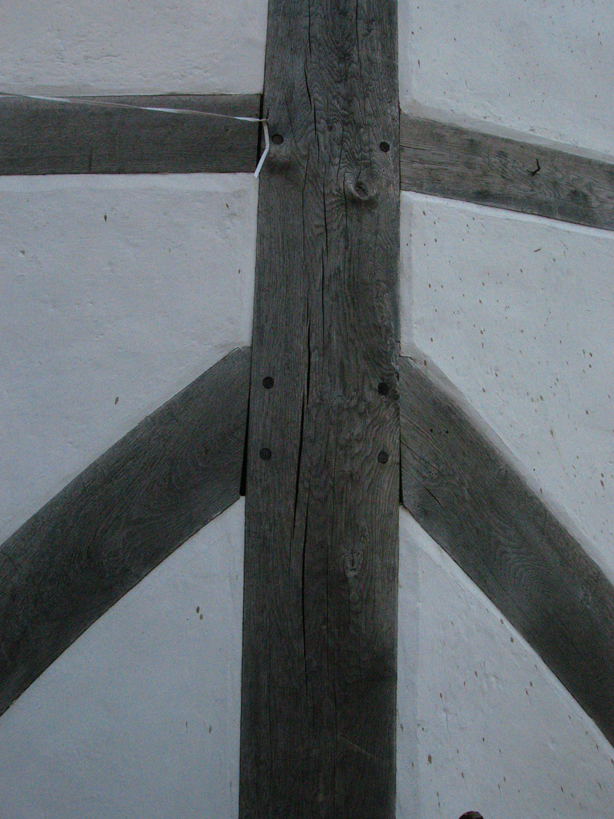
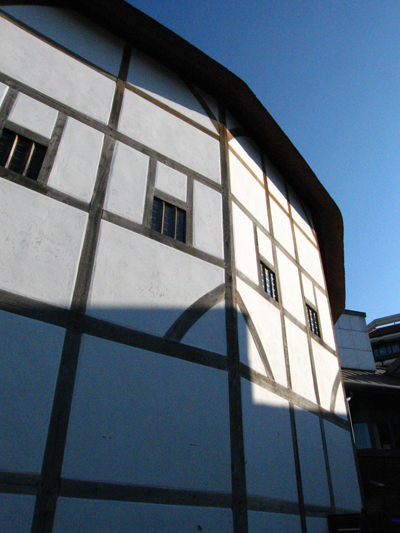
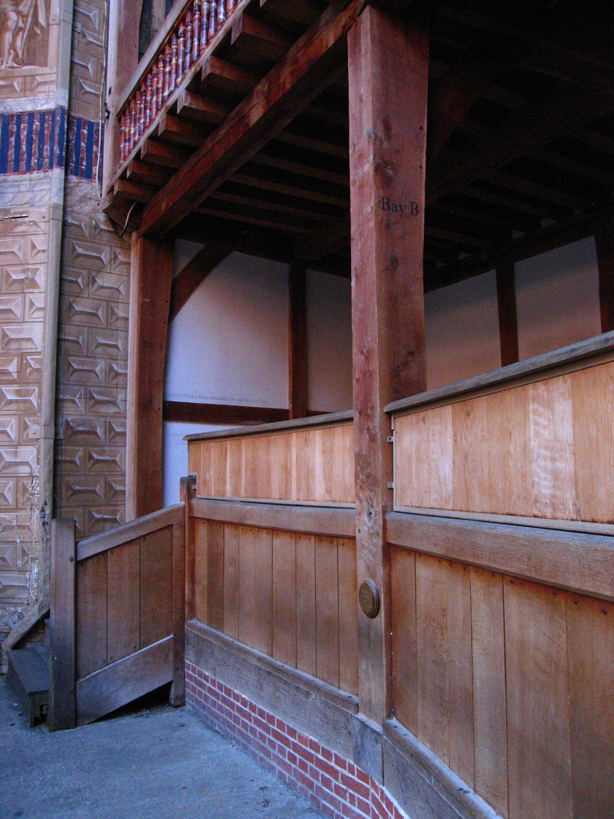
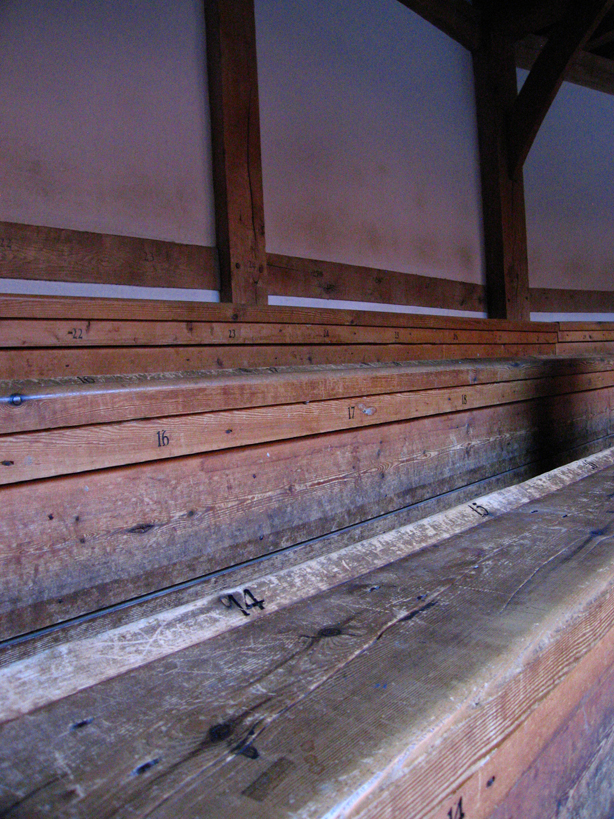
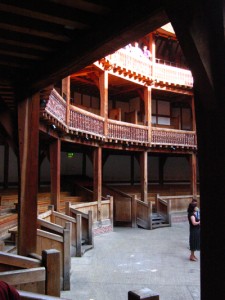
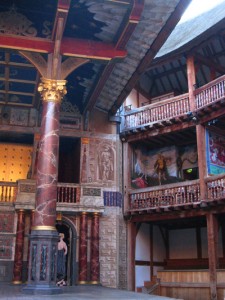
Great blog you have here but I was curious if you knew of
any user discussion forums that cover the same topics discussed here?
I’d really like to be a part of online community where I can get feedback from other experienced people that share the same interest. If you have any recommendations, please let me know. Cheers!
I really don’t know of any online community that speaks of this type of thing. But I’m sure there are more of us out there than we think! Do let me know if you come across a worthwhile group!
Hi I am so happy I found your weblog, I really found you by mistake,
while I was researching on Digg for something else, Nonetheless I am here now
and would just like to say thanks for a incredible post and a
all round entertaining blog (I also love the theme/design), I don’t have time to browse it
all at the minute but I have book-marked it and also added your RSS feeds,
so when I have time I will be back to read more, Please do keep up
the fantastic work.
Hi there just wanted to give you a quick heads up and let you know a few of the images aren’t loading properly. I’m not sure
why but I think its a linking issue. I’ve tried it in two different internet browsers and both show the same outcome.
bookmarked!!, I like your blog!
Howdy! I know this is kinda off topic but I’d figured I’d
ask. Would you be interested in trading links or maybe guest authoring a blog post or vice-versa?
My blog covers a lot of the same topics as yours and
I think we could greatly benefit from each other.
If you might be interested feel free to send me an e-mail.
I look forward to hearing from you! Great blog by the way!
Very nice article. I absolutely appreciate this site. Stick with it!
Very good post. I’m experiencing some of these issues as well..
This excellent website definitely has all of
the information and facts I wanted concerning this subject and didn’t know who to ask.
Great info. Lucky me I found your website by accident (stumbleupon).
I’ve book marked it for later!
magnificent publish, very informative. I wonder why the opposite experts of this sector
do not notice this. You should continue your writing.
I am sure, you have a huge readers’ base already!
I’m really immpressed with your writing skills as well as with
the layout on your weblog.Is this a paid theme or did you modify itt yourself?
Anyway keep up the nice quality writing, it is rare to see a great blog like this one today.
I do not even know the way I finished up right here, but I believe this publish was
once great. I do not recognize who you’re but definitely you’re going to
a famous blogger when yyou aren’t already. Cheers!
I blog frequently and I really appreciate your information.
This article has really peaked my interest. I am going to book mark your site and keep checking for new information about once a week.
I opted in for your RSS feed too.